A Brief Introduction
The ICPL is an evolving database and standard used to keep track of different socio-linguistic identities to provide a clear pathway and classification for use in digital computer systems, marketing, academic and sociological studies.
ICPL is a 11 character code consisting of 3 blocks of alphanumeric characters, each separated by a dash, and is used to represent country-language-presentation. For example, XXX-XXX-XXX. It uses the base ISO 3166-1 alpha-3 standard as the first block in conjunction with the full ISO 639-2 standard in the second block with the final block consisting of a separate coding system based on the ICPL-1 standard (as specified below).
- Block 1 - Country, as defined by:
a 3-character (alpha-3) code for a current sovereign state name. Can be adapted for the alpha-4 standard to represent a state that no longer exists or a state name that is no longer in use, as per the extended ICPL-2 standard. - Block 2 - Language or Language Family, as defined by:
a 3-character (ISO 639-2) code for a language name (can be a general denomination, language evolutionary state/period, family, or branch as per the ISO 639-2 standard). -
Block 3 - Presentation, as defined by:
The status, spoken, and written form of a language, in respect to their textual representation and materialisation. Block 3 consists of 3 separate and arbitrarily-assigned alphanumeric characters joined together in a single block.
- 1st Character - Language state (1 for official, 2 for national, 3 for recognised, 4 for unrecognised languages or dialects (non-official nor national), 5 for invented language or dialects [not a part of the ICPL specifications])
- 2nd Character - Dialect (arbitrarily-assigned)
- 3rd Character - Written form or writing system (arbitrarily assigned to each corresponding country - associated with Block 1 choices; please check against the core ICPL database and refer X section)
Help ICPL Grow
Help us build a universal global standard for identification of languages and advance linguistics, archeology, and computing. If you would like to contribute to the standard by joining a technical working group, or help us spread the standard, please contact us by emailing us  .
.

